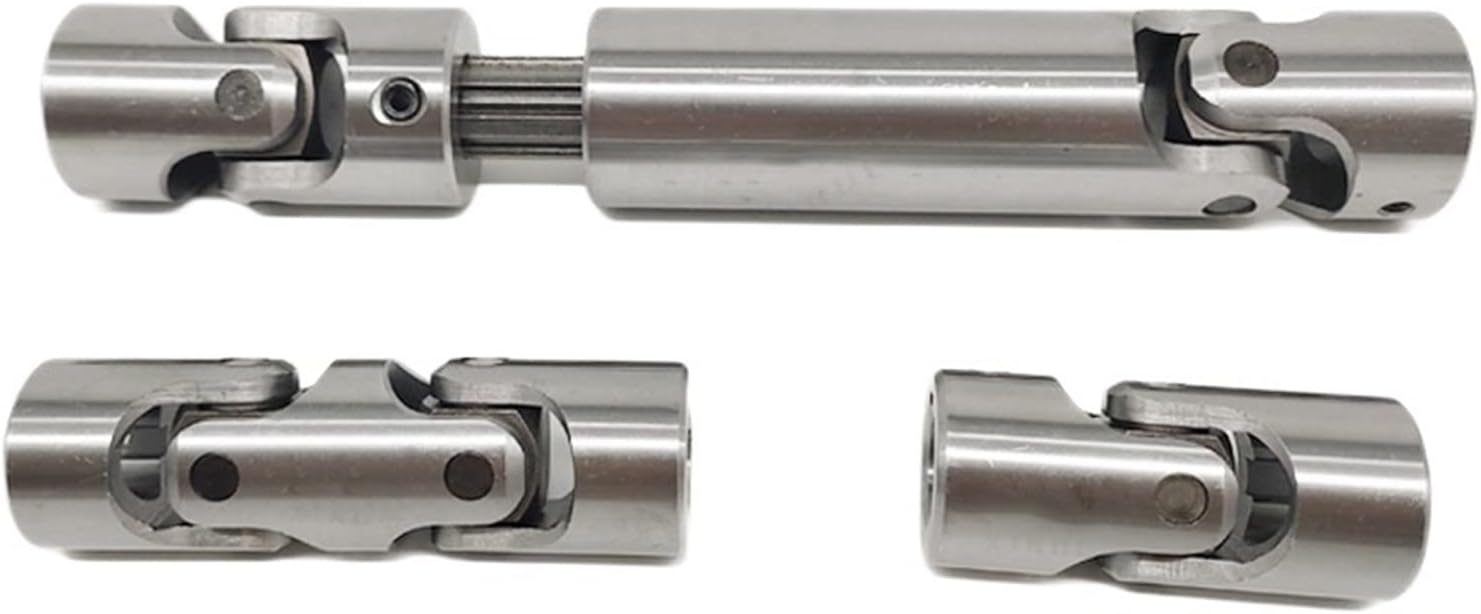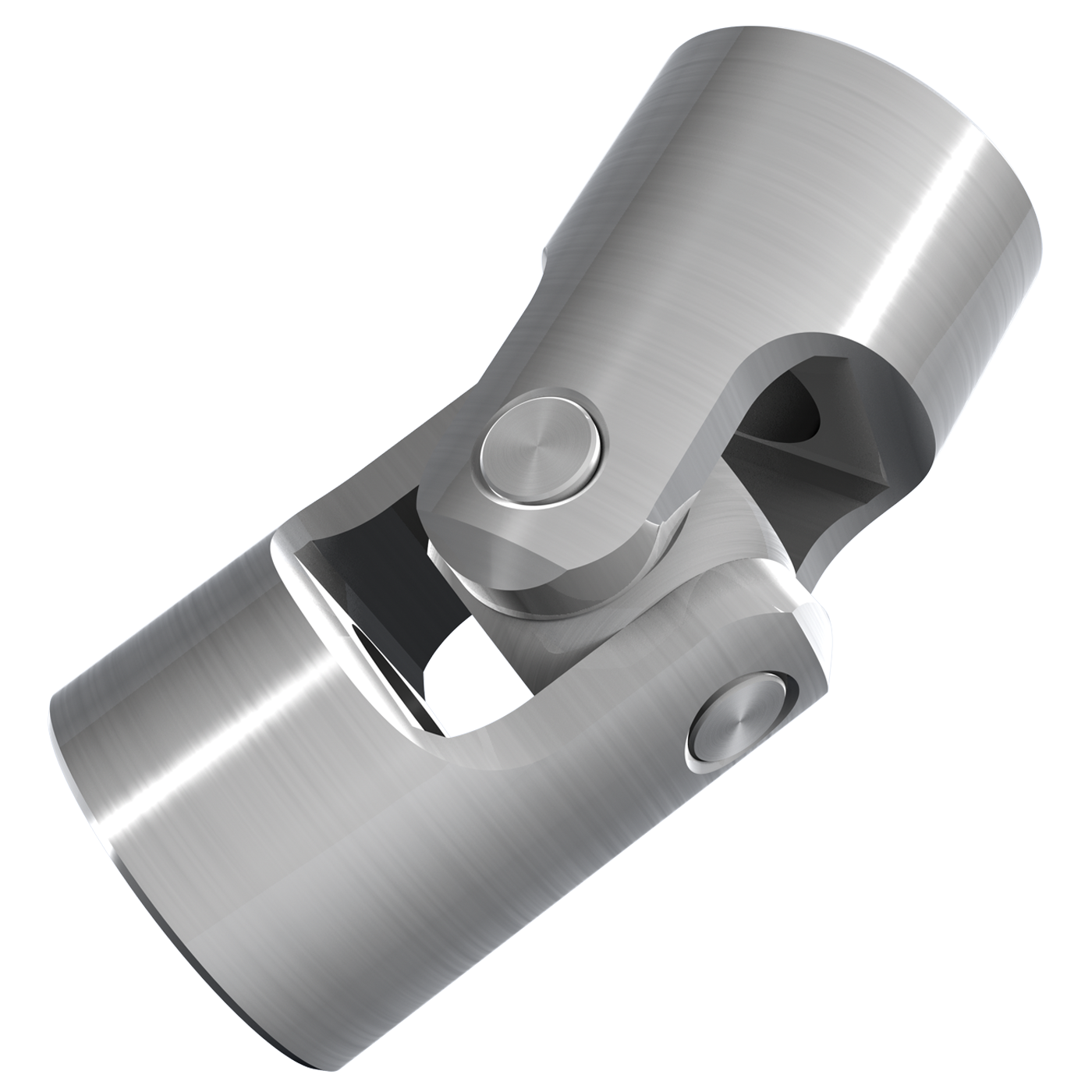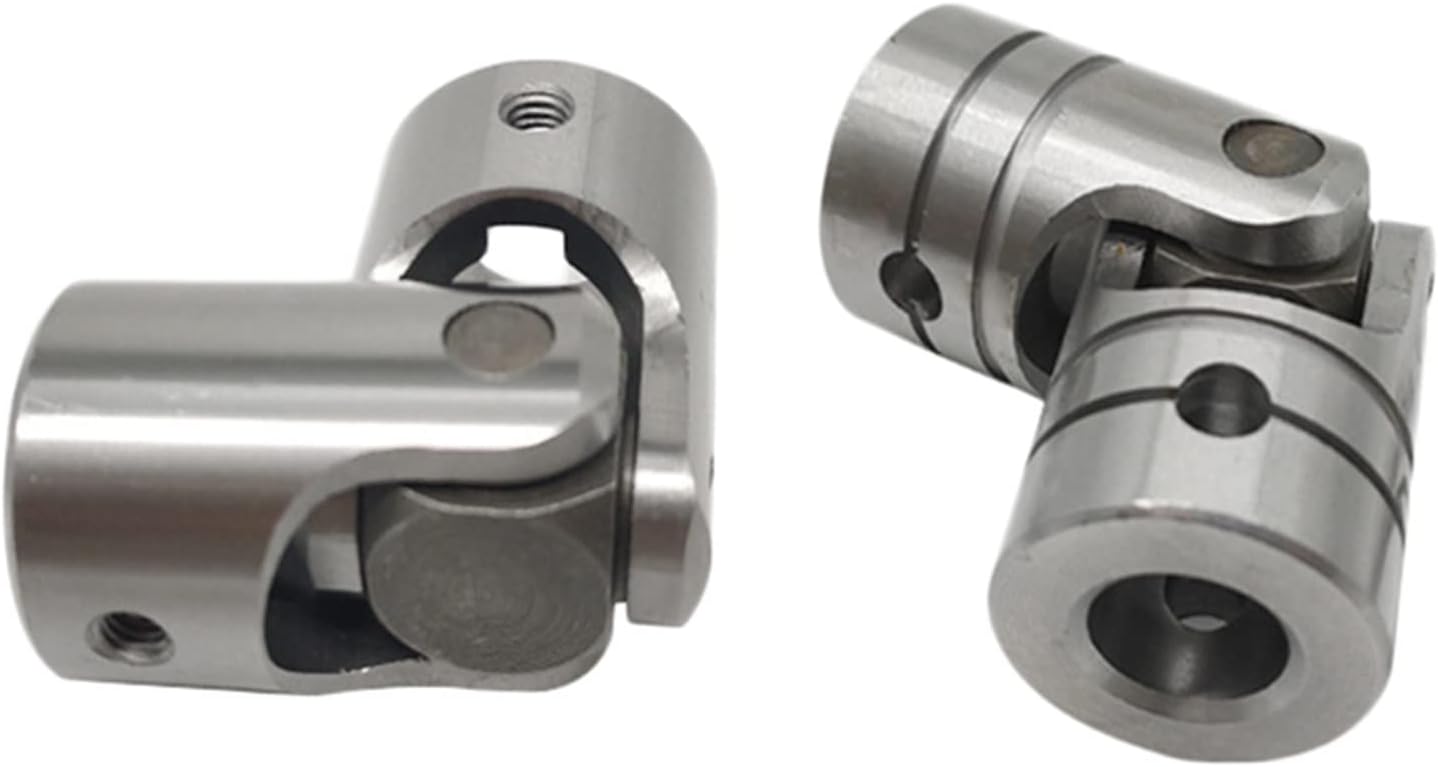Product Description
SWC-BH Universal Joint Coupling Shaft Cardan Shaft Coupling for Transportation Machinery
Description:
The SWC universal joint coupling is a structure without bolts. The bearing is fixed without bolts. It avoids the weak links damaged by bolt shearing, prolongs the service life and is convenient for maintenance. It is suitable for rolling machinery, lifting and transportation machinery and other heavy machinery. It connects 2 transmission shafts with different axes, the rotation diameter is 100 to 620mm, the nominal torque is 1.25 to 1000kN m, and the axis angle is 15 to 25 degrees.
Advantages:
1. The ability to have a large angle compensation.
2. The structure is compact and reasonable. SWC-WD type with integral fork, so carrying more reliable.
3. The carrying capacity. Compared with other types of the same diameter rotary joint axis, it delivers more torque, the turning diameter of restricted mechanical equipment, the complete range is more advantageous.
4. High transmission efficiency. Its transmission efficiency of 98-99.8% for high-power transmission, energy-saving effect.
5. carrying smooth, low noise, easy maintenance, assembly and disassembly.
Packing & shipping
1 Prevent from damage.
2. As customers’ requirements, in perfect condition.
3. Delivery : As per contract delivery on time
4. Shipping : As per client request. We can accept CIF, Door to Door etc. or client authorized agent we supply all the necessary assistant.
FAQ:
Q 1: Are you a trading company or a manufacturer?
A: We are a professional manufacturer specializing in manufacturing various series of couplings.
Q 2:Can you do OEM?
Yes, we can. We can do OEM & ODM for all the customers with customized artworks in PDF or AI format.
Q 3:How long is your delivery time?
Generally, it is 20-30 days if the goods are not in stock. It is according to quantity.
Q 4: How long is your warranty?
A: Our Warranty is 12 months under normal circumstances.
Q 5: Do you have inspection procedures for coupling?
A:100% self-inspection before packing.
Q 6: Can I have a visit to your factory before the order?
A: Sure, welcome to visit our factory.
/* March 10, 2571 17:59:20 */!function(){function s(e,r){var a,o={};try{e&&e.split(“,”).forEach(function(e,t){e&&(a=e.match(/(.*?):(.*)$/))&&1

Best Practices for Lubricating and Maintaining Cardan Couplings
Proper lubrication and maintenance are crucial for ensuring the reliable and efficient performance of cardan couplings. Here are some best practices to follow:
- Lubrication: Use a high-quality lubricant recommended by the manufacturer. Regularly lubricate the universal joints and other moving parts to reduce friction, wear, and heat generation.
- Inspection: Periodically inspect the coupling for signs of wear, corrosion, or damage. Check for loose bolts, misalignment, or any abnormalities that could affect performance.
- Alignment: Maintain proper alignment and phasing of the universal joints. Incorrect alignment can lead to premature wear and vibrations.
- Torque Specifications: Follow the manufacturer’s torque specifications when tightening bolts and fasteners. Over-tightening or under-tightening can lead to issues.
- Cleanliness: Keep the coupling and surrounding area clean from debris, dirt, and contaminants that could affect the coupling’s operation.
- Temperature: Be mindful of the operating temperature of the coupling. Extreme temperatures can affect the lubricant’s properties and cause premature wear.
- Regular Maintenance: Implement a regular maintenance schedule that includes lubrication, inspection, and any necessary adjustments. This helps identify and address issues before they escalate.
- Replacement Parts: When replacing components, use genuine parts from the manufacturer to ensure compatibility and performance.
- Training: Ensure that personnel responsible for maintaining the coupling are trained in proper procedures to avoid mistakes and ensure safety.
By following these best practices, you can extend the lifespan of your cardan couplings, maintain efficient power transmission, and minimize downtime due to unexpected failures.

Comparison of Cardan Couplings with Other Flexible Couplings
Cardan couplings, universal joints, and gear couplings are all types of flexible couplings used to transmit torque while accommodating misalignment. Here’s how a cardan coupling compares to other flexible coupling types:
1. Cardan Couplings:
– Also known as shaft couplings or u-joints.
– Typically consist of two yokes connected by a cross-shaped component called a spider.
– Accommodate angular misalignment.
– Limited to relatively lower speeds and torques.
– Provide moderate torsional flexibility.
2. Universal Joints:
– Consist of two yokes connected by cross-shaped pins and bearings.
– Accommodate angular misalignment similar to cardan couplings.
– Can transmit higher torques than cardan couplings.
– Limited in their ability to handle axial and parallel misalignment.
– Used in various applications, including automotive and industrial equipment.
3. Gear Couplings:
– Feature toothed gears that mesh to transmit torque.
– Accommodate angular, axial, and parallel misalignment.
– Suitable for high-speed and high-torque applications.
– Provide high torsional rigidity and accurate torque transmission.
– Require proper lubrication and maintenance.
When comparing these coupling types:
– Cardan couplings are simple and cost-effective solutions for moderate torque and speed applications with angular misalignment.
– Universal joints are versatile but may have limitations in handling higher torques and other misalignment types.
– Gear couplings offer superior torque and misalignment handling but are more complex and may require more maintenance.
The choice of coupling type depends on the specific application’s torque, speed, misalignment, and precision requirements.

What is a cardan coupling and how is it used in mechanical systems?
A cardan coupling, also known as a universal joint or U-joint coupling, is a mechanical component used to transmit torque between two shafts that are not in alignment but intersect at an angle. It consists of a cross-shaped yoke with two perpendicular shafts connected at its ends, allowing the transmission of rotational motion even when the shafts are at different angles to each other. Cardan couplings are widely used in mechanical systems to transmit torque and motion where angular misalignment is present.
Here’s how a cardan coupling works and how it is used in mechanical systems:
- Angular Misalignment: Cardan couplings are designed to accommodate angular misalignment between shafts. They can transmit torque between shafts that are at an angle to each other, typically up to 45 degrees. This ability to handle misalignment makes them suitable for various applications.
- Components: A cardan coupling consists of a cross-shaped yoke with four arms, two of which are connected to the input and output shafts. The two remaining arms are connected to each other through a bearing, which allows for the rotational motion.
- Transmitting Torque: As one shaft rotates, it imparts angular motion to the yoke. This angular motion is transferred to the other shaft through the bearing, allowing torque to be transmitted even when the shafts are not collinear.
- Application: Cardan couplings are used in various applications, including automotive drivetrains, industrial machinery, agricultural equipment, and even in some aerospace systems. They are often found in places where it’s necessary to transmit torque between non-parallel shafts while allowing for some degree of flexibility.
- Advantages: Cardan couplings are simple in design, relatively compact, and provide a cost-effective solution for transmitting torque in cases of angular misalignment. They are also capable of transmitting high torques while compensating for misalignment.
- Limitations: Cardan couplings have limitations in terms of the angle they can handle, and at extreme angles, they may produce uneven torque output due to their design. They can also introduce some degree of vibration and require periodic maintenance.
In mechanical systems, cardan couplings are used in various applications where the alignment between shafts cannot be maintained, such as in vehicles with independent suspension systems, industrial machinery with non-parallel shafts, and applications where flexibility and torque transmission are required despite angular misalignment.


editor by CX 2024-02-13
